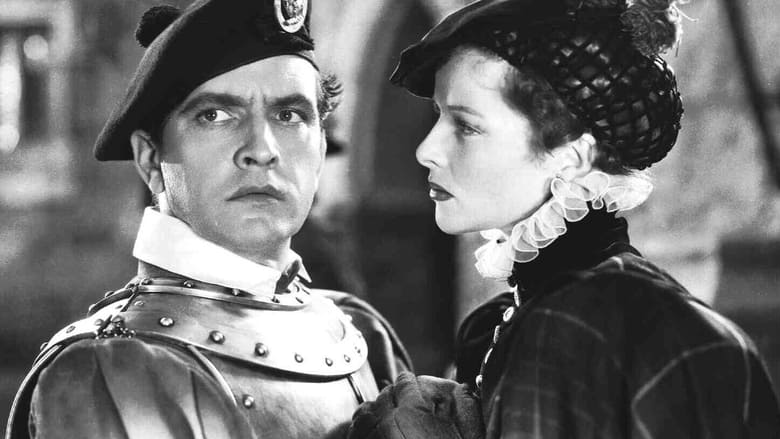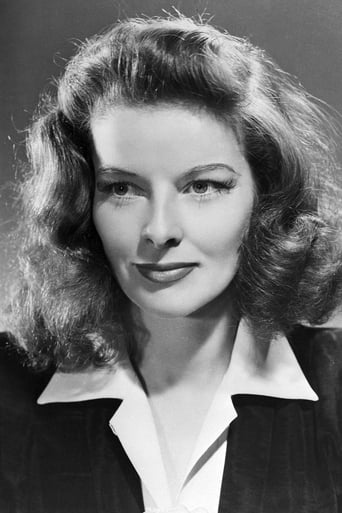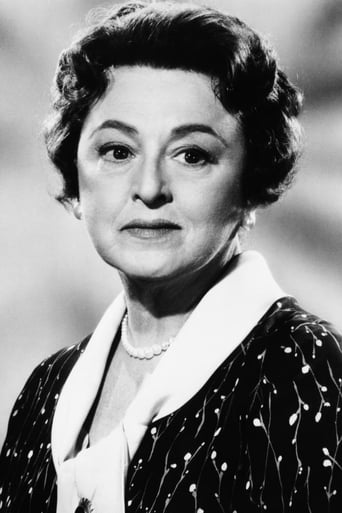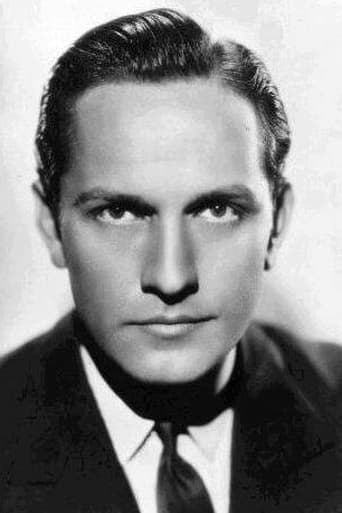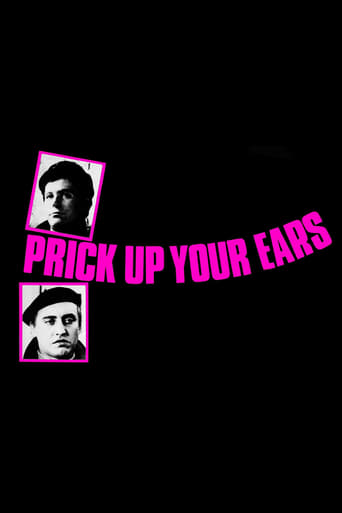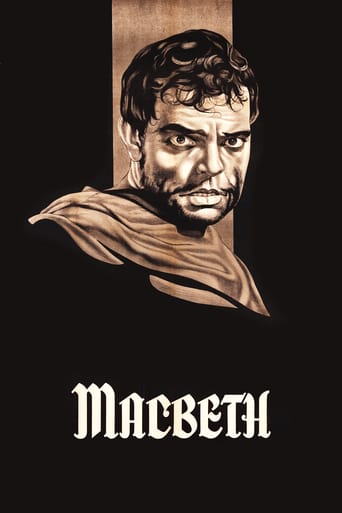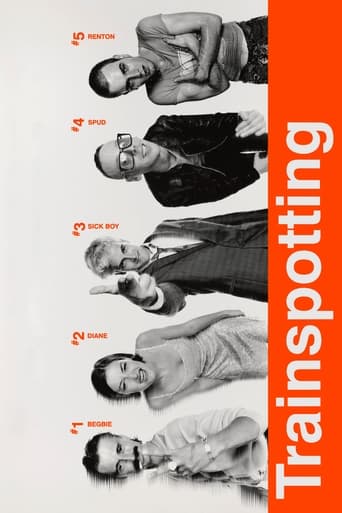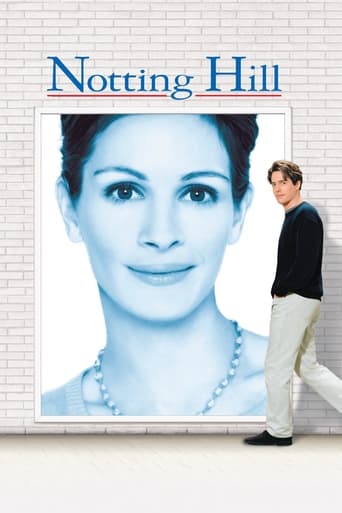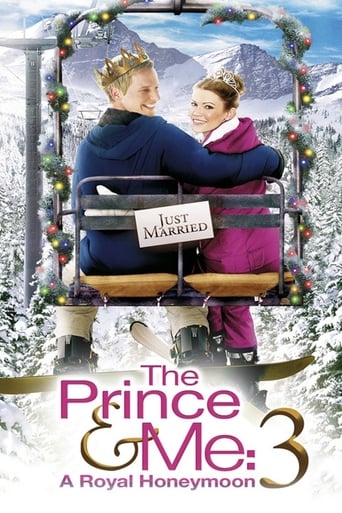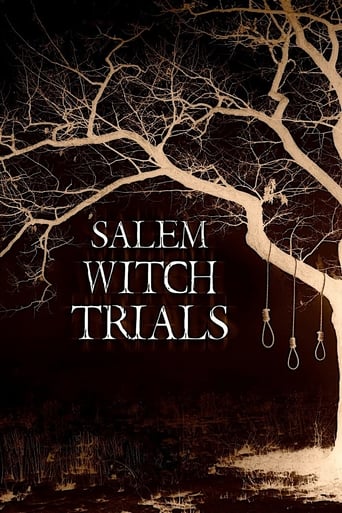Mary of Scotland (1936)
The recently widowed Mary Stuart returns to Scotland to reclaim her throne but is opposed by her half-brother and her own Scottish lords.
Watch Trailer
Cast


Similar titles
Reviews
Absolutely Fantastic
Although I seem to have had higher expectations than I thought, the movie is super entertaining.
This movie tries so hard to be funny, yet it falls flat every time. Just another example of recycled ideas repackaged with women in an attempt to appeal to a certain audience.
It’s sentimental, ridiculously long and only occasionally funny
"Mary of Scotland" (RKO Radio, 1936), directed by John Ford, stars the queen of RKO, or at least one of the movie queens for that studio, Katharine Hepburn, in the role of Mary Stuart, "Queen of Scotland," or better known in latter-day terms as "Mary, Queen of Scots." With screenplay by Dudley Nichols, and taken from the 1933 stage play by Maxwell Anderson, as produced by The Theater Guild (starring Helen Hayes), the movie itself reportedly strayed from the play in favor for acting technique/style of Katharine Hepburn. For being a lavishly produced production with a cast of thousands, and under the direction of the recently Academy Award winning director John Ford (for "The Informer"), "Mary of Scotland" should have been an astounding success, but it wasn't. While earlier screen efforts of movie royalty as "The Private Life of Henry VIII" (United Artists, 1933), "Queen Christina" (MGM, 1933) and the outlandish life story of Catherine the Great in "The Scarlet Empress" (Paramount, 1934) being worthy considerations, the failure of "Mary of Scotland" might have been due to Hepburn's recent flop of "Sylvia Scarlett" (1935) or the fact the movie itself was simply, to many, a 123 minute bore.FORWARD: "Like the fateful stars, Mary Stuart and Elizabeth Tudor appeared in the Sixteenth Century, to reign even two great nations in the making thus were doomed to a life-and-death struggle for supremacy, a lurid struggle that still shines across the pages of history but today, after more than three centuries, they sleep side by side at peace, in Westminster Abbey." The story, set in 1561, opens in England where the temperamental Queen Elizabeth Tudor (Florence Eldridge), daughter of King Henry VIII and Anne Boleyn, learns that her cousin, Mary Stuart (Katharine Hepburn), is returning to her native land of Scotland after 13 years in France where she is to re- establish herself as monarch. Elizabeth plots with Throckmorton (Alan Mowbray), the Scottish ambassador, to use her half brother, James Stuart Moray (Ian Keith) go against her. After a rousing reception for her return to Leith, Scotland, accompanied by David Rizzio (John Carradine), her personal secretary and only true friend, Mary is denounced as "wicked" by the bearded radical, John Knox (Moroni Olson). Although loved by The Earl of Bothwell (Fredric March), Mary decides to marry Lord Darnley (Douglas Walton), a young drunk who lacks courage. Giving birth to a baby boy, and following Darnley's murder, Mary marries Bothwell, but their marriage is cut short as Holyrod Castle is soon attacked by troops hired by Queen Elizabeth to prevent Mary's claim to the English throne.Under the direction of another director as Rouben Mamoulien, for example, "Mary of Scotland" might have turned out rather differently, possibly better. John Ford, best known for his work in westerns or war dramas, seemed to be in foreign territory here. His visual style, ranging from shadowy images on walls and low-key lighting used for his previous success of "The Informer" (1935), repeats his visual style for "Mary of Scotland," but not so much with the same results. The acting, however, is superb, especially by John Carradine for his stand-out performance as Rizzio. Robert Barrat, Donald Crisp, Frieda Inescort and little Bobs Watson can be seen in smaller roles. While one might have wished for British born actress, Flora Robson, to have played Elizabeth Tudor, Florence Eldridge (Mrs. Fredric March) is given the honor as the spiteful queen. Although Fredric March, whose role is somewhat secondary, might seem miscast at first glance. Once he gets into character, one tends to forget that sort of initial reaction. Memorable highlights include the confrontation between Elizabeth and Mary; Mary's trial and her climatic closing segment. Also notable is the singing of "We Will Fight for the Queen" heard during the story and closing credits.Not historically accurate by any means, "Mary of Scotland" is what it is. The story of Mary Stuart would be retold later as the British- made "Mary, Queen of Scots" (Universal, 1971) starring Vanessa Redgrave. Redgrave had one distinction over Hepburn, that being nominated as Best Actress for her performance. However, this original edition, formerly distributed to video cassette and later onto DVD, has enjoyed frequent broadcasts on cable television, notably American Movie Classics (prior to 2001) and Turner Classic Movies. (***1/2 crowns)
Seems John Ford was really more of an outdoorsman, this movie is ghastly. It looks like a von Sternberg movie for Marlene Dietrich with its claustrophobic sets but without von Sternberg's ability to compose beautiful shots or create a layered mis-en-scene. Even worse the sounds is ghastly, every speech echoes off the walls, the worst sound in a movie that I can recall except maybe "Rebecca" which also suffers from terrible sound. This may be a mercy as most of the actors come in and out of a Scottish brogue that would offend even Groundskeeper Willy.Poor Katherine Hepburn seems to have no idea what she is doing, or who she is playing. Ford must have been more comfortable directing men or perhaps he didn't give a damn. At least she doesn't try a Scotch accent, which is historically correct as Mary was raised in France, and if I recall correctly did not speak English when she arrived in Scotland, the country she left at age 5.Even funnier is the portrayal of Elizabeth I who remarks seriously "Ya know what it's like to be born illegitamate? Ta have royal blood in ya veins?" of course Elizabeth I was not illegitimate except in the eyes of Catholics. Supposedly Ginger Rogers wanted to play Elizabeth and it's hard to imagine she would have been any worse. If RKO denied her the part it must have been for non-artistic reasons. Ah well, there is a reason Hepburn (and Dietrich) were labeled box-office poison around that time. Both came back though Hepburn with "The Philadelphia Story" and Dietrich with "Destry Rides Again."
I saw this movie when it was originally released and I was 12-years-old. This was before Bette Davis had done any role of Elizabeth I, so all the gorgeous costumes (although B & W) and the icy queen got into my imagination immediately. Heck I liked ANY movie then - but, when "Mary, Queen of Scots" (Katherine Hepburn) appeared on the screen, I was smitten - what beauty ! That she was a consummate actress, even at that very young age, committed me to seeing all of her movies. I think I have, and enjoy seeing them all again. Bette Davis starred in "The Corn is Green", and Hepburn did a TV re-make - both were excellent, although many years apart, Davis definitely was the best - those eyes ! Ms. Hepburn's roles were magnificent, because she was smart enough to stay away from those which didn't suit her. Davis was an adventuress.....All of the few reviews written here about this very early - but wonderful - movie get very "teachy" in Scotish history. All of that is good to know, but forget it all; just enjoy raw acting without any special effects, except for the blowing-up of the castle. SEE - modern movies weren't the first ! Easy to tell who the "good folk" are and very easy to detect the villains."Mary" was doomed from the moment she set foot on Scottish soil. She had been the Queen of France of 2 years, very young and cultured and Scotland was a wasteland; she was totally unprepared to rule ANY country. Much of the plot (screenplay by Dudley Nichols) stressed that she was the rightful heir to her throne and also the throne of England. The aristocrats of Scotland had been without rule for so many years, they weren't about to give-up their power. It was evident when they did not greet her as their queen, and her half-brother didn't support her. A streak of determination to rule her kingdom only decided her fate - plus, she was Catholic.Although she was smitten at first sight of "Bothwell" (Frederic March), she was forced to marry her cousin, the "Earl of Moray" (Ian Keith) - a "fop", that is, a sissy male with lots of make-up - completely out of place for Scotland. One scene shows "The Earl" greeting "Mary's" ladies as "four lovely ladies", and they saying "now there is five". "Mary" needed a legitimate heir - "Elizabeth" feared it. "Elizabeth's" ambassador to Scotland was "Throckmorton" (Alan Mowbray), and kept her up-to-date on the heathens in Scotland.....they even murdered "Mary's" secretary, because he was a foreigner and Catholic, too - that should tell you a great deal. "John Knox" (Moroni Olsen) was all over the country screaming that Catholics were blasphemers - sounds like Iran, doesn't it? - and should be put to death.......Bin Laden hadn't been heard of.......The plot-twists let you know very early "Mary" would have to escape all the sabotage in Scotland, getting Elizabeth's permission "to visit" in England - which turned into 19 years of imprisonment. They had never met, but it was apparent "Elizabeth" wasn't about to harbor a threat to her throne and had plotted to get "Mary" under her care - in prison.Hepburn's acting is solid all through this historical movie. She stole every scene. All of the other prominent actors - and there were many in this film - couldn't hold a candle to her. Her "trial" was epic. She was aware she was being framed, but realized she had already been judged guilty. "Elizabeth" finally came to visit her in her apartment, but was only interested in getting "Mary" to abdicate. Surprise ! "Mary" did not relent, and "Elizabeth" stomped out. "Mary" was beheaded the next day.Seeing an early movie like this would have told anyone that this was going to be the greatest communication with the masses worldwide. The radiance of Hepburn's acting ordained a great career for this lady. My copy of the VHS is so bad - and, unfortunately, so was the screening in the theater - one would wonder how the industry would survive. When the photography was good, it was wonderful - everyone involved in this film played their roles well, because many of them were actors from silent-screen or the stage. Few younger people would sit still for all this tackiness, but - if they could - they'd see that "movies" were here to stay, and there was magic for the future. Kudos to all those prominent actors, but Ms. Hepburn stole the show - Brava ! I recommend this piece of filmic history to everyone - it gets a 15 -
Don't let my summary get you upset, I would never mean to do that--but although I do love this film--in short it is a bit boring. I loved the period costumes and sets and the acting, but the storyline lacked any real excitement!! Hepburn was fine but any real passion in the acting department has to go to Fredric March. The supporting players were also very good in their parts, especially Florence Eldridge as Queen Elizabeth. I saw somewhere that Ginger Rogers tried out secretly for the role of Elizabeth and almost had it until she was found out by the director!! Would have loved to have seen that one--LOL But it is a nice film, but just a tad too long and boring!!


